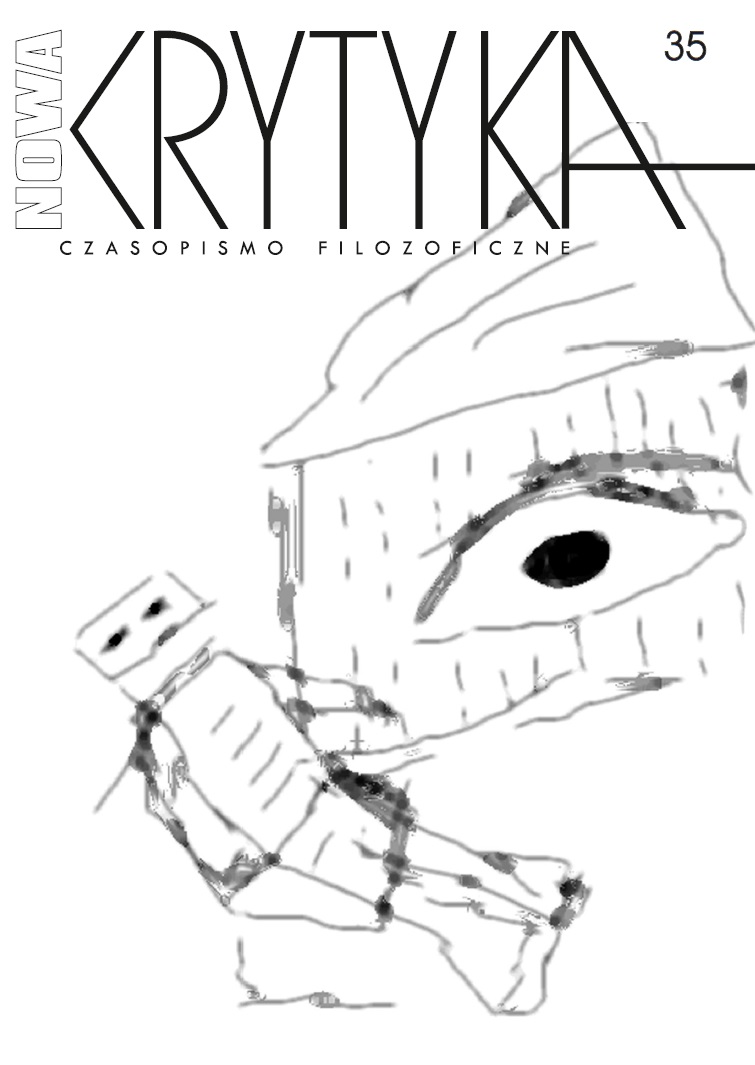Tworzenie nadbudowy wyzysku ekonomicznego w świetle teorii dysonansu poznawczego
Creating the Superstructure of Economic Exploitation in the Light of the Theory of Cognitive Dissonance
Author(s): Michał PytlikSubject(s): Philosophy, Analytic Philosophy
Published by: Wydawnictwo Naukowe Uniwersytetu Szczecińskiego
Keywords: cognitive dissonance; superstructure; social psychology; Marxism; consciousness; praxis; cognitive component; behavioral component
Summary/Abstract: The most important legacy of Marxist philosophy is dialectical and historical materialism. One of exemplifications of how social psychology is inspired by this legacy is the theory of cognitive dissonance by Leon Festinger (1957) as a dialectical moment in human’s mind. This dialectics signifies that dissonances in cognition direct towards consonances in an infinite process of practical exploration conducted by individuals entangled in social relations and, at the same time, their creators. Cognitive dissonance, an unpleasant affect of contradiction between subjectively significant cognitive and behavioral elements, always tends to be reduced by either material praxis (behavioral component) or shift in consciousness’ content (cognitive element). Individuals privileged by exemption from physical work, disposing private propriety of means of production and capturing surplus value are in position of cognitive dissonance with the principles of primary commune’s social functioning. As multiple research in field of psychology has shown, it is more plausible to justify the contradictory and morally inappropriate behavior than to adjust to immoral deeds the behavior itself. Hence, privileged individuals make a shift in consciousness, creating new contents of cognition. These contents, justifying privileged position in social order, may or may not be transmitted from individual to social consciousness and become a part of ideological superstructure. Cognitive dissonance does not touch the falsehood or reality of subsequent edition processes of these new contents, but determines the plausibility of their appearance.
Journal: Nowa Krytyka: czasopismo filozoficzne.
- Issue Year: 2015
- Issue No: 35
- Page Range: 95-113
- Page Count: 19
- Language: Polish

